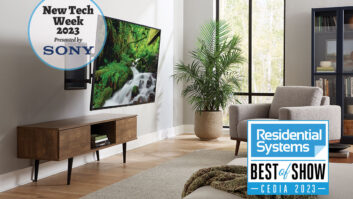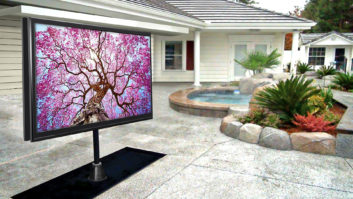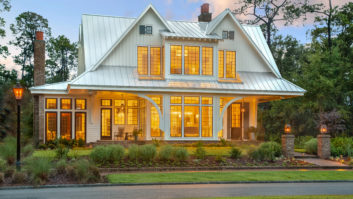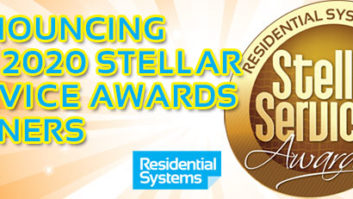The key to success in our business is referrals. Doing great work and providing top-notch customer service are the cost of entry, so in order to grow and expand, you need your clients to pass along your good name. While client referrals are awesome, and we all aim to get those, there just isn’t always enough volume there. That’s why we all strive to work with designers, architects, and contractors. Good relationships with our industry partners take a lot of work and nurturing, and sometimes we are willing to take big risks to enable these partnerships.
If I had to sum up my ideal client, it would be someone who trusts my direction, is understanding of the integration process, is open to communication, and pays promptly. I am currently working with just such a client on a large renovation in NYC. He has brought us on to do all of his AV and to integrate lighting control, HVAC, and security. Being the end result is for us to integrate all systems, we are obviously working closely with the client’s general contractor, as well as the other professional teams (designers, architects, landscape architects, security firm, HVAC installer, etc).
While each contractor is responsible for the operation of their own individual trade, we are not only required to ensure the AV system works in and of itself, but that the entire interface operates together as one.
During the beginning stages, each group listed what manufacturers they would be using so that we could guarantee it could be integrated together. Somewhere along the line, one of the trades changed their operating system to one that cannot be integrated by any of our control systems. Since our system will ultimately interface and control the entire home, the GC assumes that we will take responsibility in finding the solution and has put the ball in our court.
From speaking with many of my peers, I’ve heard similar stories—since AV (especially control) is so central to the electronic brains of the home, many GC’s expect us to be able to work with all of the subsystems, not just to do the programming integration into the control system. Expectations can get high, and a lot of unnecessary and unwanted risk can be put on your reputation and relationships.
The key to solving this issue is to preempt it from occurring. A rock solid scope of work that details what will be done, and just as importantly, what is NOT the responsibility of the integrator, is critical, but this isn’t the end-all-be-all of the discussion. Frequent and above-board communication is also critical.
I have been meticulous about replying to all questions regarding this trade system in writing (mainly in email but also via letter with a copy to the client), insisting that the trade provider is responsible for the operation of his system and retains shared accountability for ensuring a smooth integration. I have taken pains to make certain I take the high road, never laying blame, never making anyone look bad, but always positioning things in a positive light while gently ensuring that the client and GC know and are fully aware that full responsibility does not lie with my firm.
Just this weekend the client initiated an email asking about the status of the integration. This resulted in a flurry of reply-to-alls, with everyone playing CYA (cover your ass). Eventually, with calm, sincere and constructive replies, both to all and one-on-one with individuals, we were able to gain control of the conversation and ensure that the trade provider take responsibility for their install.
We all want to grow our business and build relationships with other trades. Picking the right people to work with and entrust with our reputation and the future of our business is critical. We work with many GCs, architects and designers who not only refer business to The Source, but we also bring them a lot of work as well. The relationship is strong and not just from a business perspective. I consider many of these people to be friends as well. While we have had some communication challenges on this project, I am sure that we will have many fruitful partnerships that come out of it.
We can all learn to be better communicators, better partners, and to make each other look great. If you find yourself in a situation where that isn’t happening, the best of us will lead by example, take the high road, and come out smelling like roses, with more business as a result than we know what to do with!
Todd Anthony Puma is president of The Source Home Theater Installation in New York City.







